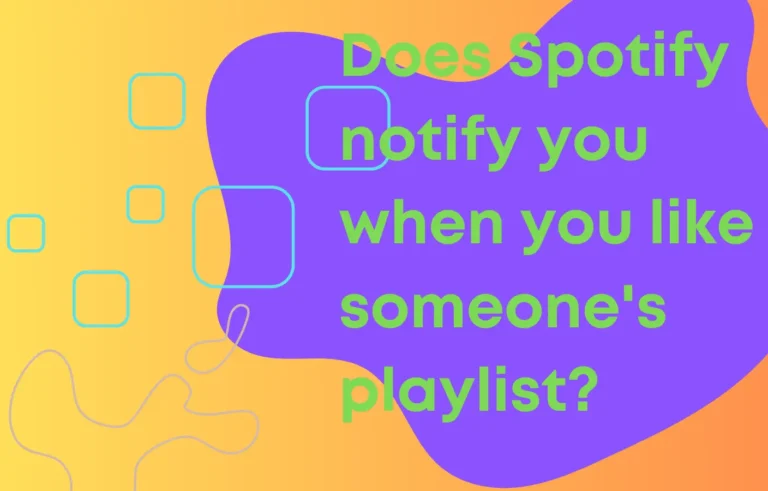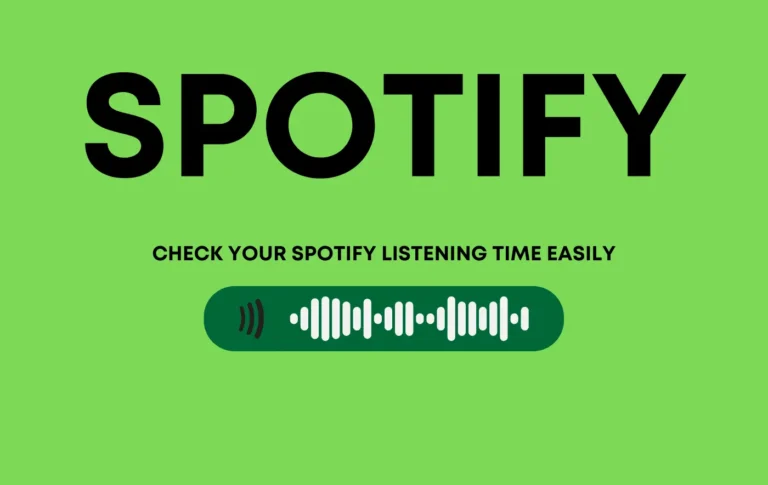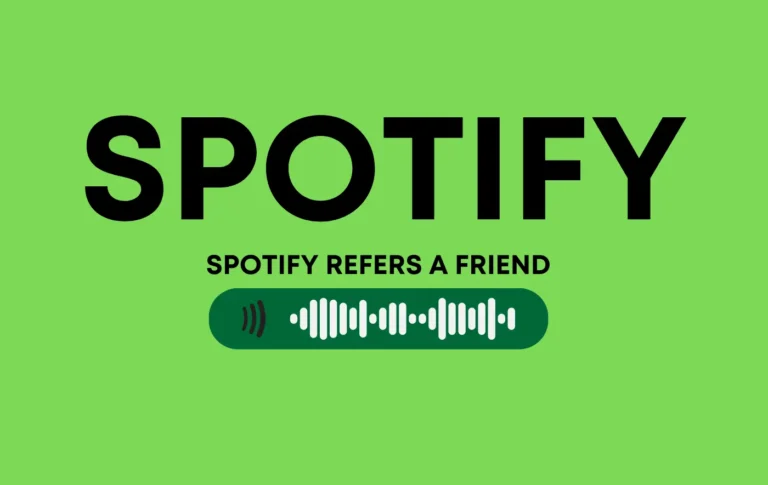How to Become a Playlist Curator for Spotify
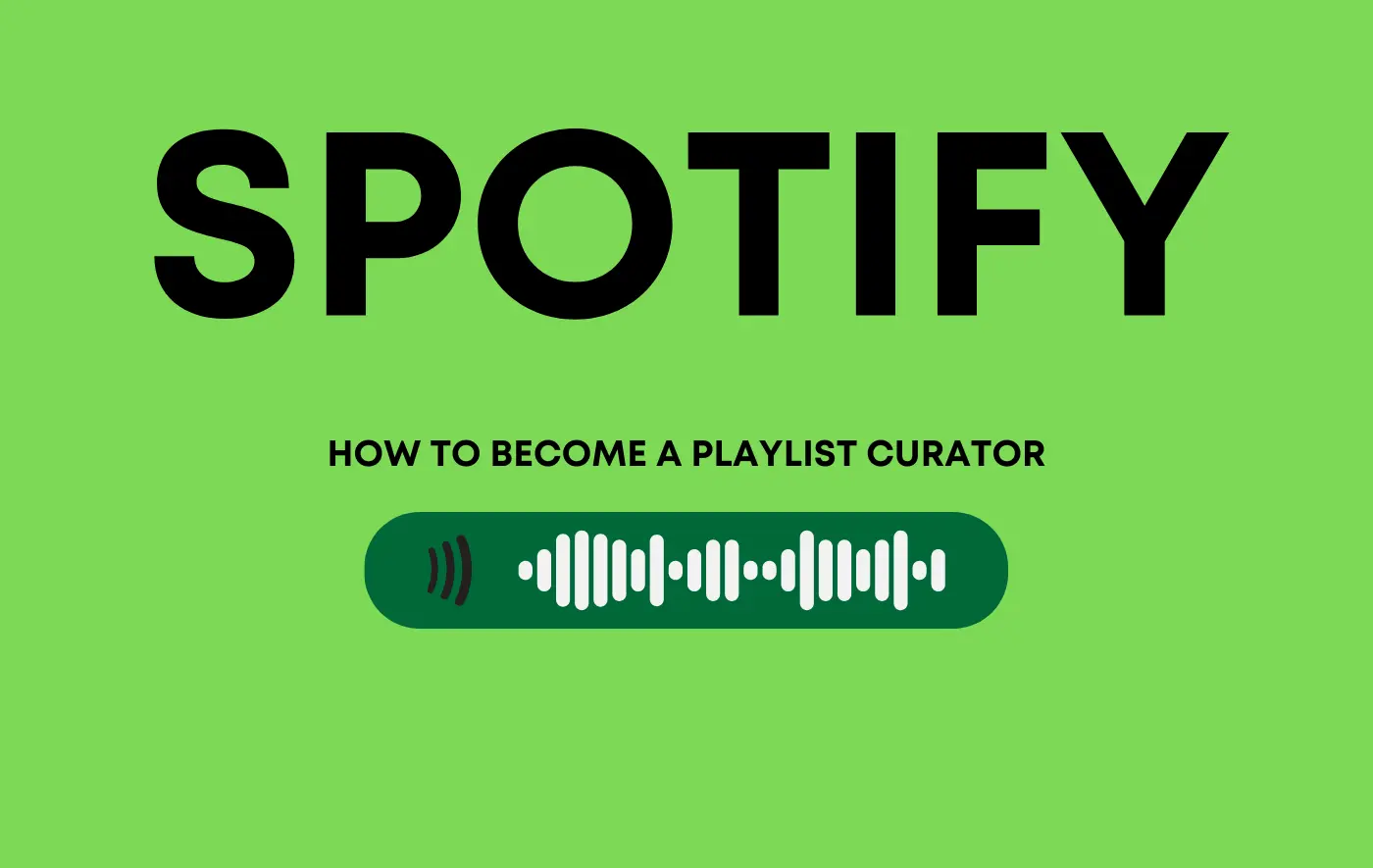
If you get paid to curate music, it might be the greatest job there is. Do you want to know how? Here’s how to do it: Please read all the details about How to Become a Playlist Curator.
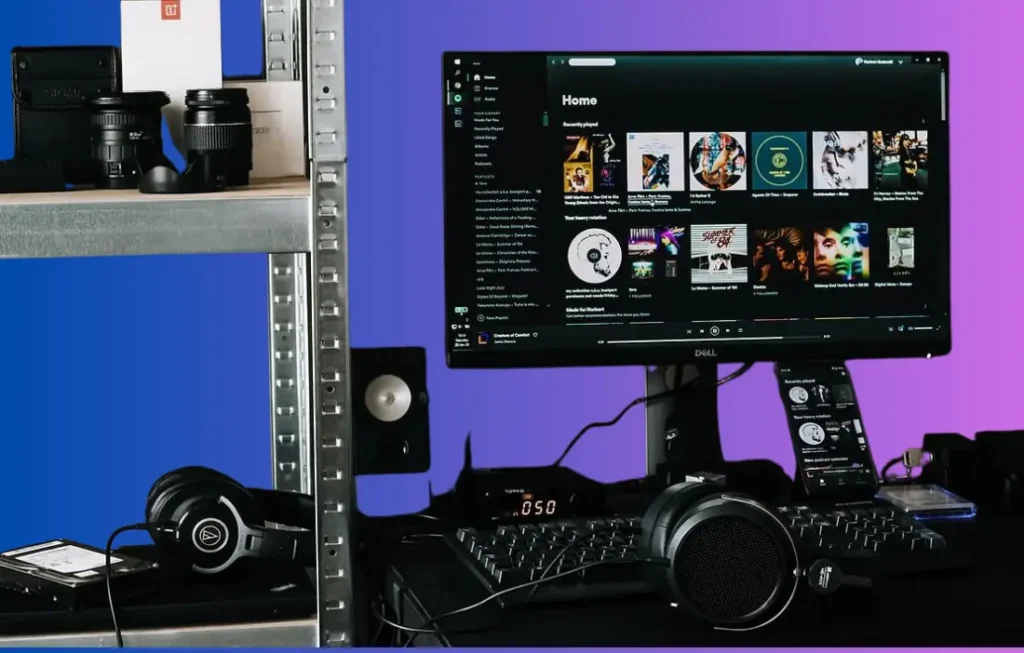
What does a music curator do?
Curating music for platforms like radio stations, streaming services, and playlists is the responsibility of a music curator. To provide the audience with a pleasurable listening experience, they carefully select a selection of songs that complement a particular theme, genre, soundtrack, or mood.
It is now possible to earn money by curating playlists if you enjoy listening to music, finding new artists, and creating playlists.
Having a popular playlist and a large following on TikTok is equivalent to being a well-known influencer. It is no secret that it can be a fulfilling career, and it might also be among the greatest jobs in the world.
This blog post will look at the many sorts of music curators, jobs, descriptions, and earning possibilities. We will also look at how to become a great curator and address common misconceptions about this line of work.
Lastly, we will go over how to use your industry influence and optimize earnings by promoting your playlist.
So, if you enjoy music and would like to turn your hobby into a successful business, continue reading!
The First Curators
Vinyl aficionados and record stores took the lead in curating music. Record stores were like going on a treasure hunt every time you visited one. Store owners assembled their own personal libraries of rare records, and vinyl aficionados meticulously selected records for their collections. These record selectors became walking encyclopedias of musical history, offering the histories and suggestions of each album they thoughtfully selected. The store owner curated the selection in the catalogue, so if you had visited the record store, you were probably exposed to the tastes of the employee or seller.

Early Days Music Curation
The Digital Renaissance
Welcome to the digital era, where there has been a radical change in music curation. The focus shifted to algorithms and streaming services like Apple Music and Spotify. These platforms introduced us to songs and artists that suited our individual tastes through advanced data analysis and user behavior. Playlists that curated our lives’ soundtrack, such as “Discover Weekly” and “Release Radar,” became our dependable companions.
Times of the Radio
After radio gained popularity in the previous century, curation saw its heyday. Radio DJs rose to fame and had a huge impact on popular music preferences. Without the internet, there was no other way to discover new music than through the radio. These record selectors made playlists, exposed listeners to new genres and sounds, and chose records. Radio curators were the trendsetters of their era, influencing musical cultures one spin at a time with everything from jazz and blues to rock ‘n’ roll.
Today and Beyond
Music curation is more varied now than it has ever been. In addition to Spotify playlist curators, other individuals who share their love of music with the public include bloggers, vloggers, and social media influencers. Through social media sites such as TikTok, common people have become viral trend setters and music curators, creating soundtracks that captivate millions of people without the need for formal training.
As we look to the future, we can only imagine the exciting opportunities. Custom and personalized playlists that are even more suited to our tastes will be made possible by AI and machine learning as they continue to improve music listening. On streaming services, it has already happened with various algorithmic playlists. Immersion experiences and virtual reality have the potential to increase the need for superior curation in the future.
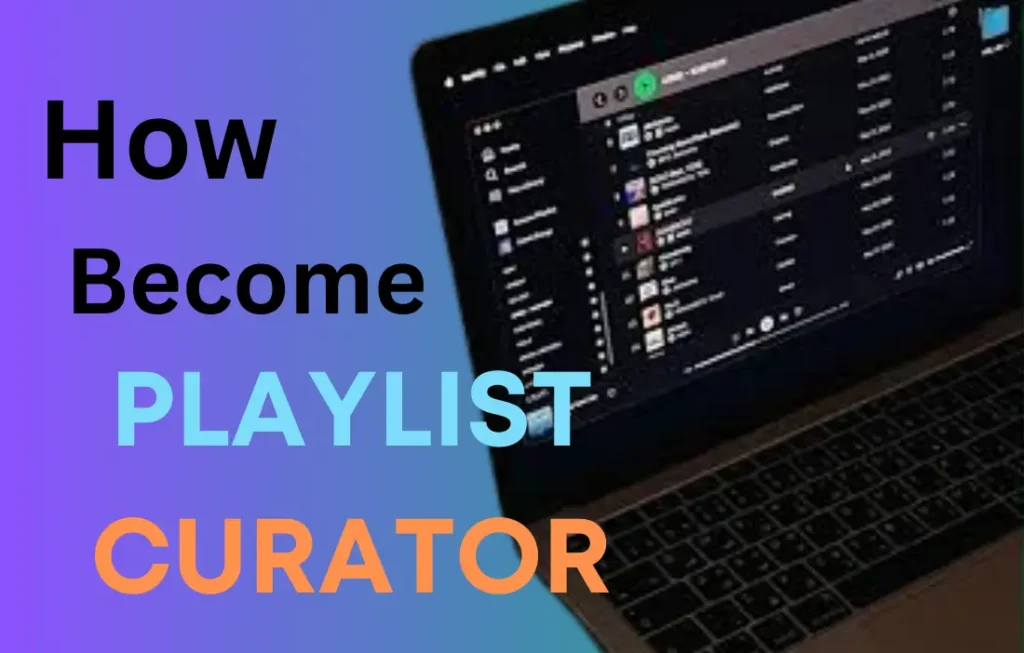
Spotify playlists
So, what does a curator do?
Curators have an important responsibility to find and promote new music. They serve as tastemakers by offering listeners a carefully chosen selection of songs and curating playlists to evoke particular emotions or genres. Curators have the power to shape trends and expose up-and-coming musicians to larger audiences. By including their songs on carefully curated playlists on Tidal, Apple Music, Deezer, Spotify, or Deezer, they also assist independent musicians in getting noticed. In this business, finding and promoting music depends heavily on the work of curators.
Understanding the Job Description
When choosing and arranging music for various platforms, they play a crucial role. In order to make sure that the musical selections in their playlists complement the theme, they also look into and find new musicians and songs. Playlists are updated and maintained by curators on a regular basis to keep them interesting. They interact with the audience by answering questions and offering comments.
Different Types of Curators
Spotify playlists allow users to create playlists on the well-known streaming service. Playlists are curated by independent curators on YouTube, SoundCloud, Spotify, and Deezer.
Music for radio or television programs is chosen by curators for both mediums.
Curators are also supervisors and sync agents; they select the soundtracks for a particular motion picture, television program, or commercial.
Additionally, record labels are involved in selecting artists that align with their label’s genre and aesthetic. This process is done internally.
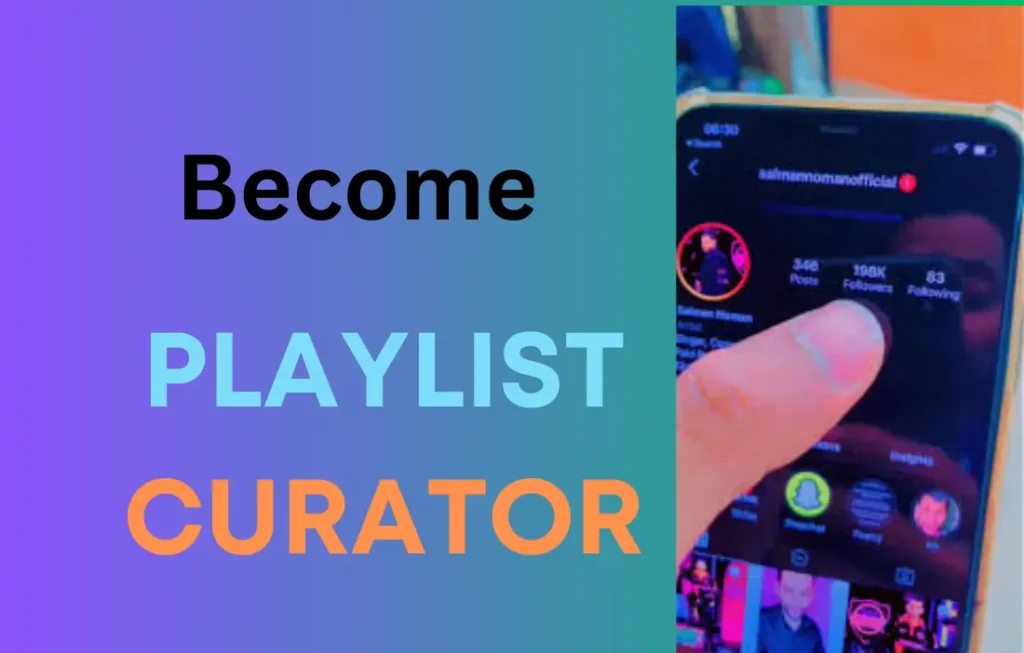
Possibility of Revenue from Submissions as a Spotify Curator
As they work with submission platforms like OneSubmit, curator programs on streaming platforms present financial opportunities. Curators who review and listen to music for their playlists can get paid. Playlist features that highlight independent artists can earn compensation. Premium memberships and unique content are two ways to monetize a product. Earnings can also come from partnerships with other curators and professionals in the field.
After reviewing each track and writing their thoughts about it, curators frequently accept submissions and choose whether or not to accept the song. The curator is compensated for his review of the song rather than for adding it to his playlist.
Curators can choose from a constant stream of fresh and unheard music thanks to submissions. Bloggers, TikTok influencers, labels, YouTube channel owners, Spotify playlists, and online radio stations are all welcome.
Related Info:
Competitor: Spotify playlist
How to Become a Successful Playlist Curator
A deep understanding of many different genres is necessary to succeed as a curator. Building connections within the industry could lead to new opportunities and revelations of information. By keeping up with trends and engaging with listeners, curators can gain a loyal following. Share your updated playlists on social media on a regular basis.
Required Skills and Knowledge
Curators need to have an excellent ear for spotting great music in all genres. Maintaining and regularly updating playlists requires strong organizational abilities. Keep up with current music trends and have the ability to identify up-and-coming musicians. Engage with independent artists, listeners, and industry professionals. Tracking playlist performance requires proficiency with streaming platforms and analytics tools.

Who pays music curators?
Who pays curators, and why?
Music curators may be paid by record labels, promoters, artists, or agents. Instead of getting paid to approve songs, the majority of authentic playlists get paid to review them. In the event that the curator is concerned with the caliber of the music included in his curation, the track’s quality and appropriateness for the playlist should be taken into account.
Companies and brands can collaborate or create sponsored playlists with curators.
Where do I begin?
As a music curator, start by making playlists on services such as Apple Music or Spotify. Develop a following and interact with listeners to increase visibility. Network with other curators and business professionals to find joint venture opportunities. To build your reputation, send carefully chosen playlists to blogs or publications, and share and update new music frequently. Building your brand and gaining playlist followers are important, but they also require work and time.
Despite what many people think, curating is more than just a pastime. It might be a respectable way to make money. Promoting independent artists and their work is something you can do quite a bit of. As a curator, you do not have to have a large following to make money.
Establish your social media presence on Facebook, Instagram, and TikTok to demonstrate your authority as a curator. Partner with companies and artists to take advantage of promotional opportunities. Create carefully crafted playlists and distribute them on Apple Music, Deezer, Spotify, and other platforms to expand your fan base. Provide emerging artists and labels with advisory services. Use sponsored posts and affiliate marketing to monetize your content.
How to Promote Your Playlist for Earnings
To increase your revenue as a curator, make sure your playlist descriptions and titles are optimized with pertinent keywords. Participate in discussions and comments to show that you are paying attention to your audience. Work together with other influencers or curators to cross-promote playlists, focusing on particular demographics to draw in sponsorships. Use TV and media placements as well to spread the word about your playlists and attract a larger audience.
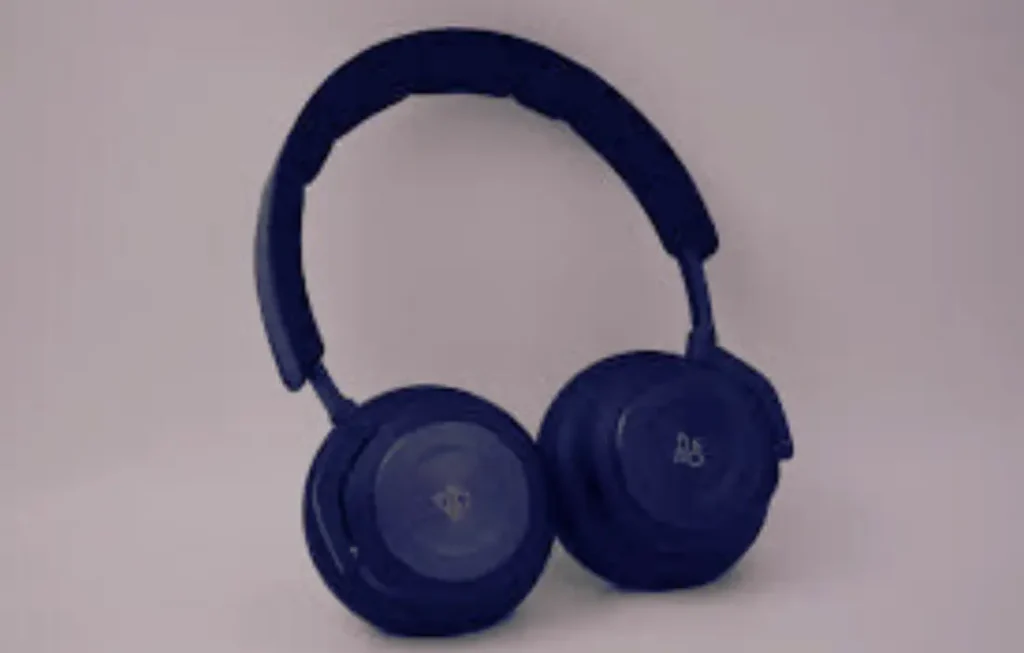
How should my playlist be promoted?
Conclusion
To sum up, curating involves more than just making playlists and making them public. It is about realizing the role, investigating various forms of curatorship, and figuring out how to make money off of your love of music. Maximizing your influence in the music industry requires not only promoting your playlists and building a strong personal brand, but also receiving funding from curator programs and submissions.



